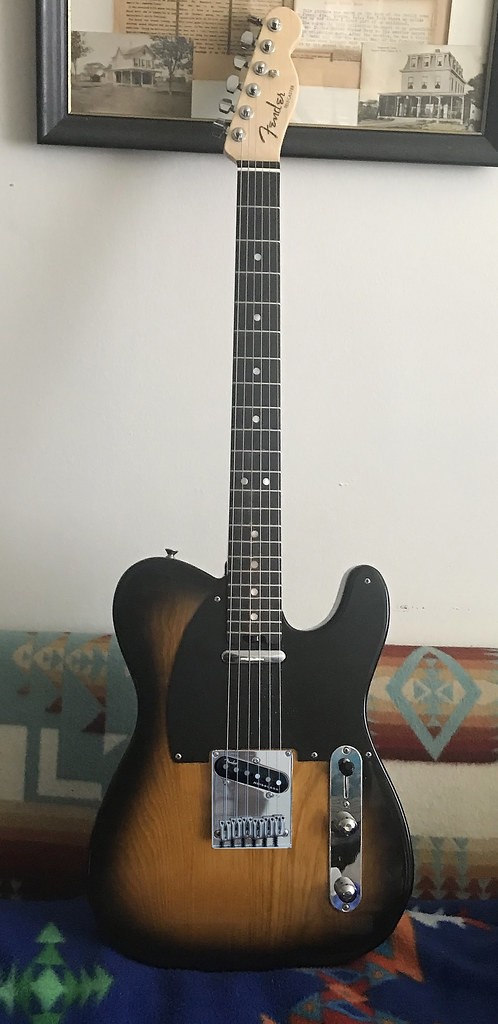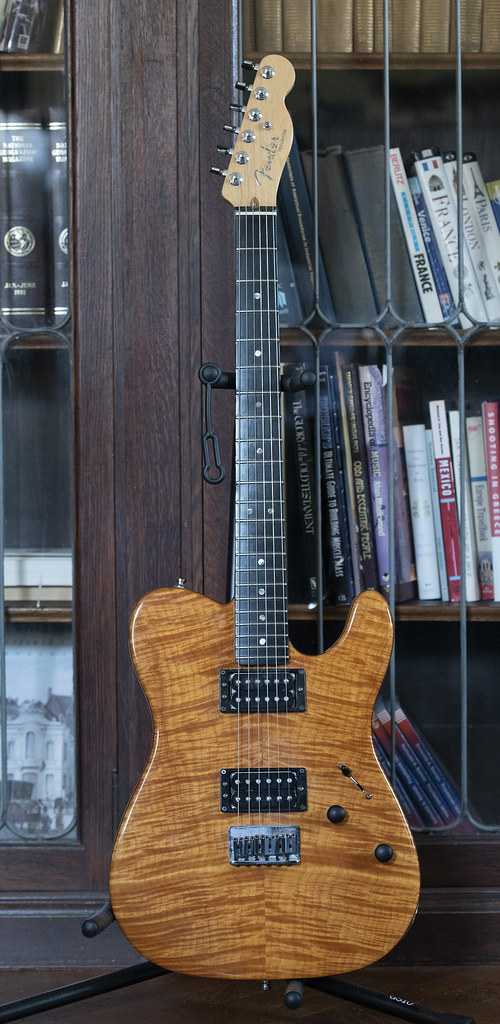- Messages
- 18,201
Please don't quote me, Tom, as these are just my own half-baked thoughts. 
I'd almost compare it to playing a Mesa Marks Series amp if you have not done so before,
where every little misstep, or misfret, or clunk, or clank sticks out like a sore thumb. Nothing
to hide behind. No wall of gain (love walls of gain!). No natural compression. At least with a
traditional style Telecaster.
There is a ton of immediacy and treble in a Tele. I feel like I fought that before, and wanted to
tame it down or mask it. Now I love it! Maybe I am better at working that touchy throttle.
Just feels and responds a little more "all up in your face" than other styles of guitars I have. I find
both Strats and LPs more forgiving to play. Not sure why that is.

I'd almost compare it to playing a Mesa Marks Series amp if you have not done so before,
where every little misstep, or misfret, or clunk, or clank sticks out like a sore thumb. Nothing
to hide behind. No wall of gain (love walls of gain!). No natural compression. At least with a
traditional style Telecaster.
There is a ton of immediacy and treble in a Tele. I feel like I fought that before, and wanted to
tame it down or mask it. Now I love it! Maybe I am better at working that touchy throttle.
Just feels and responds a little more "all up in your face" than other styles of guitars I have. I find
both Strats and LPs more forgiving to play. Not sure why that is.






 )
)

